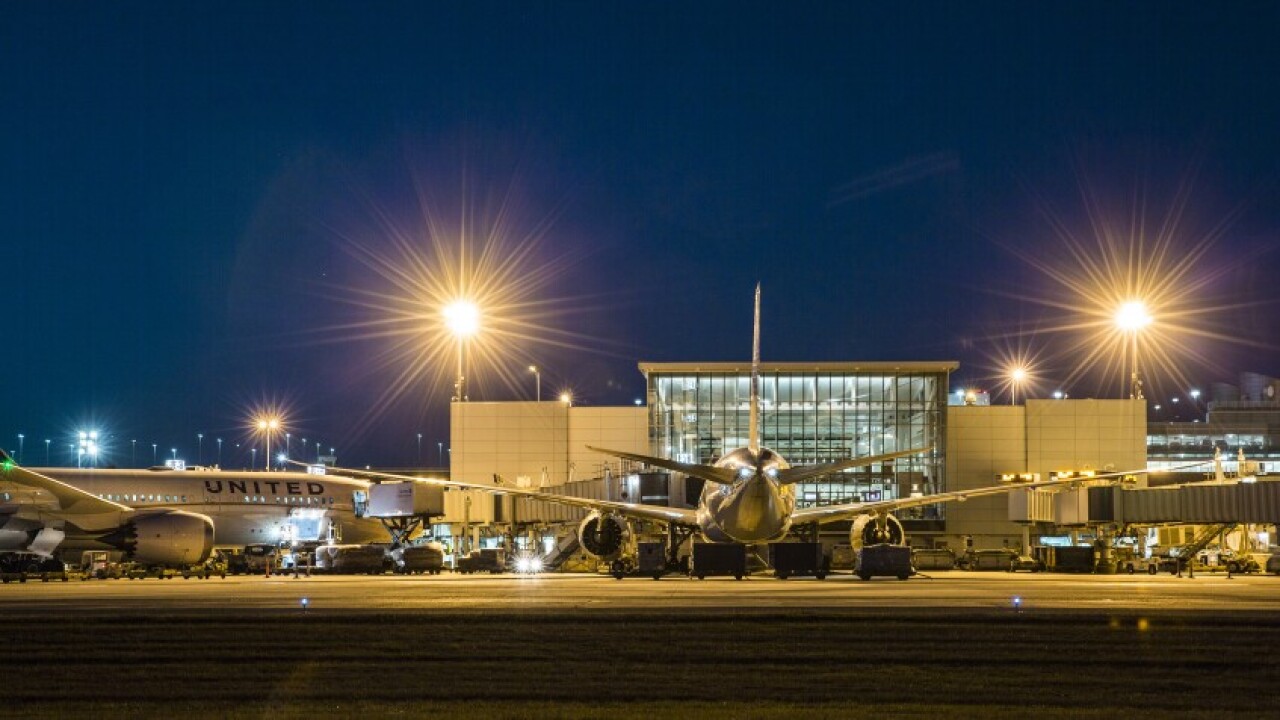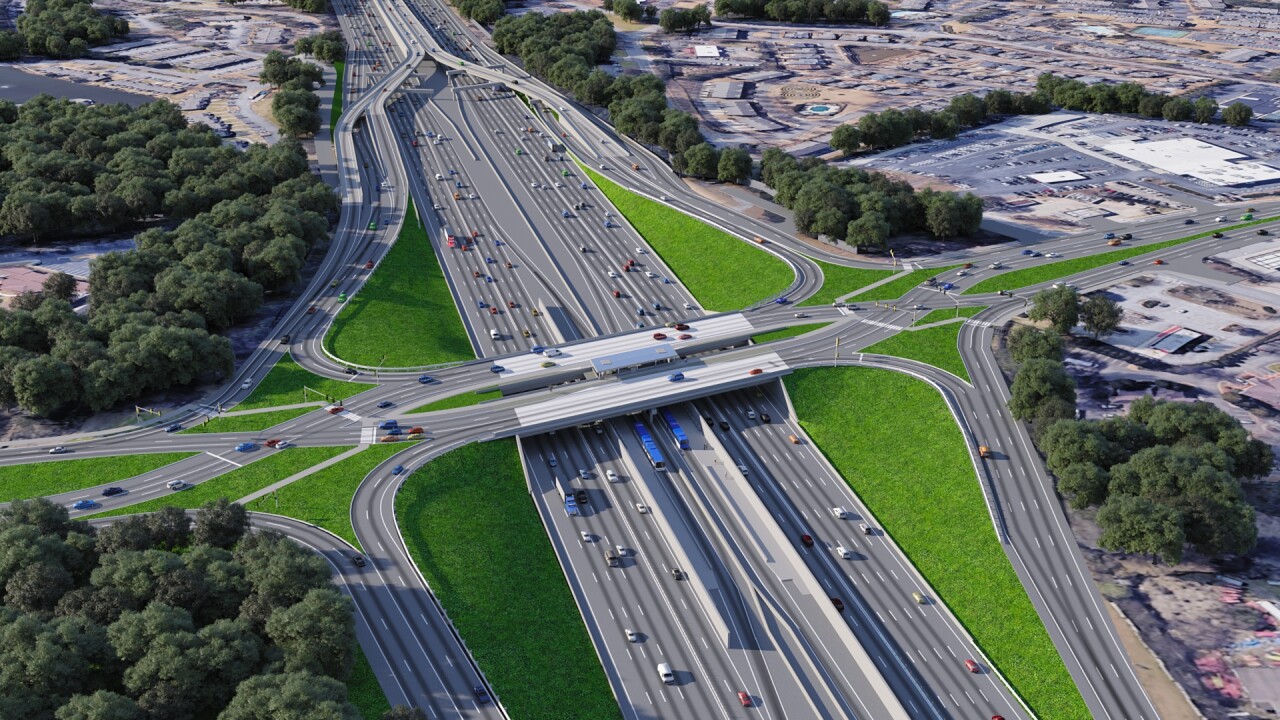CHICAGO — Up to $1 billion of red ink in Illinois’ current budget may inflate the state government’s $7 billion unpaid bill backlog, a barometer of the state’s fiscal health watched closely by the municipal market.
More than $1.5 billion in scheduled pension, employee pay, and education funding hikes in fiscal 2020 will make it all harder to actually make a dent in the accrued liabilities that weigh on the lowest-rated state’s balance sheet.

State Comptroller Susana Mendoza’s
Gov. J.B. Pritzker, a Democrat, is set to unveil his budget for fiscal 2020 beginning July 1 on Feb. 20.
“I urge Governor Pritzker and the General Assembly to use realistic projections when estimating revenues and cost savings and to avoid relying on any concepts they know cannot be realized in fiscal year 2020. Failing to do so essentially amounts to shoveling more bills onto our already unsustainable bill backlog,” Mendoza said in her announcement of the 2018 report published last week.
Budgeted revenue shortfalls in the current fiscal year could dump up to $2 billion on to the backlog because some revenues assumed in the budget are no longer expected and the prospects for others are uncertain.
“The major ratings agencies have cited Illinois’ rising backlog as a reason for previous ratings downgrades,” the report says. “The budget deficit will continue to grow, and the state risks future credit rating downgrades, in the absence of realistic and responsible budgets.”
The rating agencies have all said they would view any build up in the backlog as a negative especially given the state’s addition of $6 billion in general obligation debt in late 2017 to bring down the backlog, which hit a high of nearly $16.7 billion in November 2017 after the state went two years without a budget amid a standoff between the Democrats who control the legislature and the Republican former governor, Bruce Rauner.
Moody's Investors Service and S&P Global Ratings have Illinois only one notch above a speculative-grade rating and Fitch Ratings has it only two notches above junk. Any further deterioration would make borrowing more costly with lawmakers are expected to pass a new capital bill this spring.
The state’s 10-year general obligation bonds currently trade at about a 180 basis point spread while its long bonds are at a 160 bp spread to Municipal Market Data’s top-rated benchmark. The 10-year spreads have ranged from 170 bp to 185 bp in recent months as the market views the state’s rating as holding steady in the near term.
The $6 billion borrowing was approved as part of the fiscal 2018 budget the General Assembly passed with $5 billion of income tax hikes the General Assembly passed over Rauner’s objections in July 2017. The bonds sold at a premium raising another $500 million in proceeds and the state leveraged the borrowing to generate billions more in federal matching Medicaid funds.
At the close of fiscal 2018 last June, the backlog was down to $6.8 billion. By the end of December it was up to $7.9 billion and it’s currently at $7.2 billion.
The fiscal 2020 budget could tackle some of the current gap, which would stave off growth in the accounts payable log, but fresh spending demands already required next year and additional plans Pritzker might pursue may drive the backlog up, never mind reducing it.
“Without direct action, there’s no hope of substantially reducing our stack of unpaid bills,” Mendoza said, citing past measures that specifically dedicated revenue to reduce the backlog. Mendoza, a Democrat and frequent critic of Rauner, is among the candidates running in the Feb. 26 Chicago mayoral contest.

The unpaid bill backlog continues to force the comptroller's office “into crisis management,” impeding timely bill processing, causing instability for state programs, and creating unnecessary and costly late payment interest penalties, says the report.
Interest penalties totaled more than $1 billion during the course of the impasse and $450 million last year. Core obligations that are prioritized remain debt service, monthly pension payments, human/social services bills, payroll, and educational and medical programs.
Pritzker has said he intends to propose a balanced budget but acknowledges the difficulties.
“Digging out from Gov. Rauner’s failed impasse will take years, and will require continued action to address the state’s bill backlog. The burden of late payment interest penalties that built up because of the impasse — in excess of $1.25 billion — continue to impact the budget today,” Pritzker’s spokesman Jordan Abudayyeh said when asked for a comment on the comptroller’s report.
When Rauner took office the backlog was $6.5 billion. Rising tax revenue allowed the state to bring it down to $5.5 billion six months later but it then began its steady climb upward during the impasse to $16.7 billion in November 2017.
Pritzker is looking to legalize recreational marijuana and expand gambling to raise new revenue and will press to get a constitutional amendment on the 2020 ballot to shift from a flat income tax to a graduated tax that he says would raise taxes on wealthier residents.
More details on those plans and how he intends to address rising pension costs and the state's most daunting fiscal burden, its $134 billion unfunded pension tab, could come in a budget transition working group report due ahead of the budget’s release.
Budgeted revenue shortfalls this year could cause a $1.5 billion to $2 billion increase in the bill backlog, the report warns. That’s due to failed expectations built into the $38.5 billion fiscal 2019 general fund budget.
The Governor’s Office of Management and Budget’s recent economic and budget policy report shaved $585 million off projected revenues as the $300 million proposed sale of the James R. Thompson Center, the state’s downtown Chicago headquarters, remains delayed. The state also has reduced expected federal revenues by $285 million.
The budget authorized $800 million in interfund borrowing but the comptroller has been able to tap only $250 million due to a lack of liquidity in targeted non-general fund accounts, canceling out $500 million in expected revenue.
On the positive side, projections for income tax and other revenue were revised upward by about $500 million.
Various other minor tax and spending variations put the current deficit at $566 million, but that’s what is known. Other factors could widen the gap and strain the backlog.
The budget relies on more than $445 million in savings from a pension buyout program. Some of the funds have rolled out the plan and reported seeing strong participation but the savings to be realized this year are unclear.
The plan also relies on up to $1 billion of general obligation borrowing to cover the buyouts and timing for such a deal is up in the air.
“We are aware of this issue and the need to issue bonds. We will evaluate market conditions to determine the best date to offer the bonds,” Abudayyeh said.
The budget Pritzker unveils later this month must account for a $680 million increase in state pension contributions, a roughly $350 million increase in evidence-based funding for elementary and high schools, $406 million in interfund borrowing due for repayment, and between $170 million to $500 million in court-ordered state employee step adjustments, plus interest.
The comptroller’s report also provided the first information on the results of a new backlog borrowing program. The state projects between $18 million and $29 million of interest savings over a six-month period through the state treasurer’s purchase of about $700 million of accrued liabilities.
The legislature passed the purchase program last year. About $685 million is due to be repaid by May 2019. The state is paying an interest rate of between 3.59% and 3.78%. The program is designed to lower the state’s interest penalties which can reach as high as 12% annually while also offering the treasurer’s office a more attractive rate for state holdings.
State tax collections are better than expected despite a weaker January. A $379 million January year-over-year falloff reflects the surge in revenue in January 2018, as the federal tax reforms incentivized taxpayers to pay liabilities within the 2017 tax timeframe, according to the legislature’s Commission on Government Forecasting and Accountability’s
Net personal income tax revenue is up $437 million, corporate taxes are up $156 million, and sales taxes are up $343 million for the first seven months of the fiscal year, according to revenue manager Jim Muschinske. The commission will update fiscal 2019 projections and present its fiscal 2020 forecast March 5.
The report also offered an overview of gambling revenues over the last five years with Pritzker and lawmakers expected to debate more casinos and slot machines and implementing sports betting.
Revenues grew by 74% to $2.875 billion by 2018 from $1.65 billion in 2012, according to senior revenue analyst Eric Noggle. In 2012, most revenue came from the state’s riverboats. That casino revenue actually fell to $1.375 billion by 2018 but income from video gambling made up for the loss and drove the overall increase.





